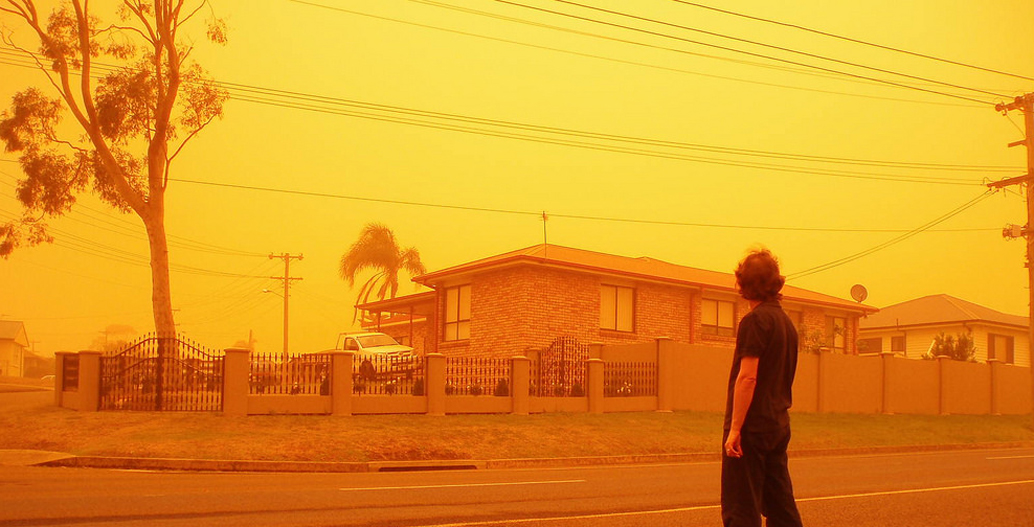
Uncertain future: why our cities need more options and less codes
Urban designer Rod Simpson talks to Foreground about why we need to learn from past mistakes, to provide our cities with options, back-ups and alternatives for an uncertain future.
Foreground: You were instrumental in arriving at the title for this year’s AILA conference, The Third City. Can you describe what the title refers to?
Roderick Simpson: On the one hand it has a specific Sydney reference, as the city is currently rethinking itself not as one city, but a city in three parts: the historic harbour city, the river city centred on Parramatta, and the future western ‘parkland’ city. But there is also a historical dimension to the idea of the third city.
If we think of the first city as the organic un-planned city, with bottom-up organization, then the second city was the modern technocratic city, when we thought we could plan and control everything. We subjected the city to analysis, which we thought allowed us to map future populations, to anticipate and manage risk. The third city is the city we are now tasked with imagining, which we need to approach differently. We need to learn from the first and second cities, to help inform a way of managing uncertainty.
FG: Why is the current moment a paradigm shift, rather than an incremental change, to the way cities are planned?
RS: Complexity and resilience. For generations we have considered the city to be a complicated machine that can be disassembled and reassembled. This is a functionalist way of looking at the city through an engineering lens. Complexity on the other hand, means that things interact in unpredictable ways. The important thing to look at then, is the relationships between things, rather than the components themselves.
This complexity is not just about the uncertainty that will come with climate change. There are also changes to technology, as well as social and living patterns, which we cannot accurately predict. Of course change is a constant, but in the past we attempted to confine and channel the future. It is now important to leave open a way to accommodate and adapt to change that we cannot predict.
In the past we tended to strengthen, harden, reinforce and codify our response to risk, as if we were in control. By doing this we not only built-in a certain brittleness, but also locked out the potential for innovation and alternative approaches. We now need to refocus on making our cities resilient. This brings with it certain key distinct and sharp differences to the conventions of planning, starting with the need to embrace redundancy.
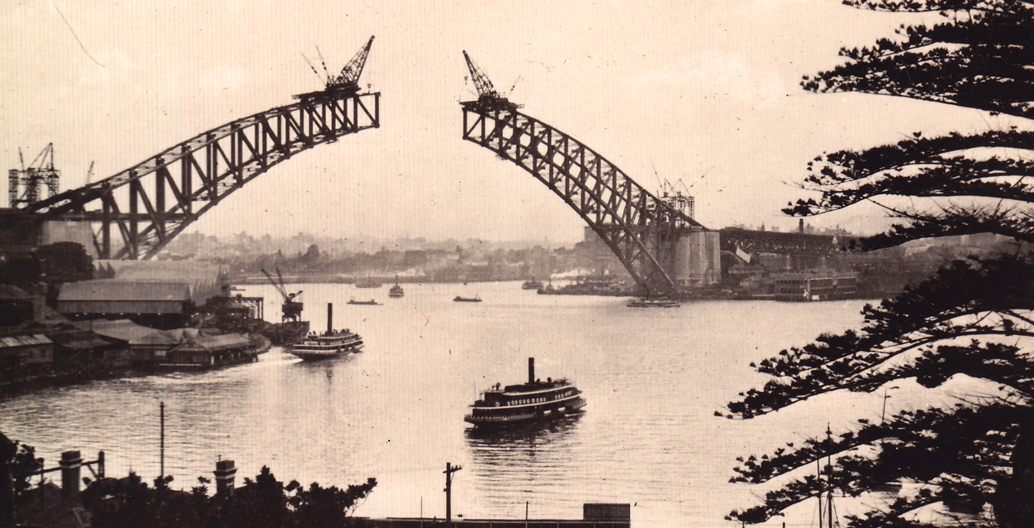
That was then. What will tomorrow's transformative infrastructure look like? Image: Royal Australian Historical Society

That was then. What will tomorrow's transformative infrastructure look like?
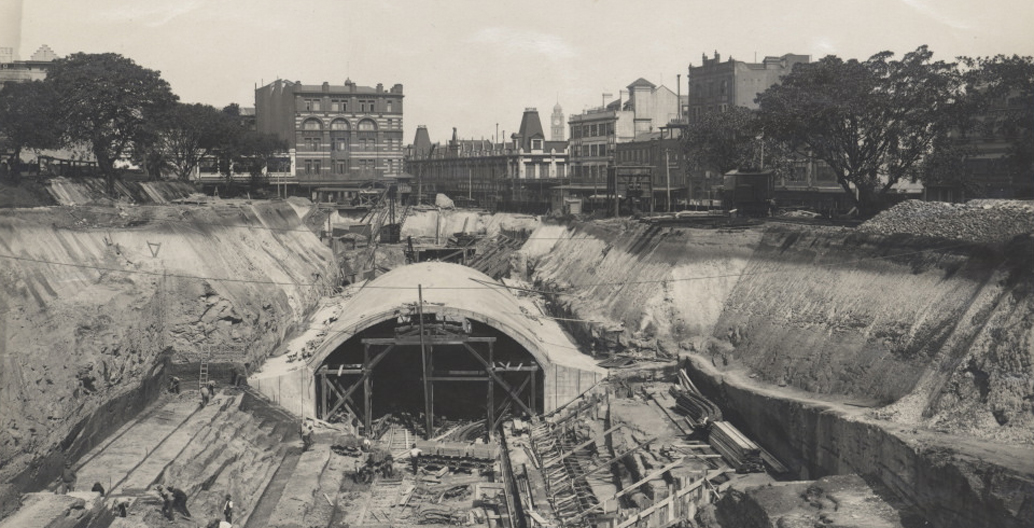
That was then. What will tomorrow's transformative infrastructure look like? Image: MAAS
Redundancy simply means the over provision of something. In other words, planning for overcapacity, looseness, fall-backs and fail-safes. We may need to design not one system, but two, with each different and performing more than one single function. This in turn provides back-ups, alternatives and additional capacity.
This designing of extra capacity to allow adaptability does not, however, fit comfortably with conventional methods for evaluating or ‘value-engineering’ projects. The functionalist paradigm of the city considered the city to be an efficient machine, where redundancy was viewed as an inefficient waste. At least since the post-war years we have not designed cities to think about their future adaptability. We have designed cities for 99 percent efficiency, created masterplans and then built them out.
Canberra is the apotheosis of this approach, large chunks of which were designed very precisely in the 70’s, then built. What is now ironic, is that in planning large areas of surface car parking and very wide road corridors, the planners unwittingly created the potential for adaptive reuse and intensification now. This was completely unanticipated.
So what can we learn from this example of the second city? Well, I guess it’s that the public domain, and an ample provision of land controlled by the public – not just parkland – land that looks as though its surplus or over-provided, is actually really important. Call it a deliberate ‘terrain vague’ if you will.
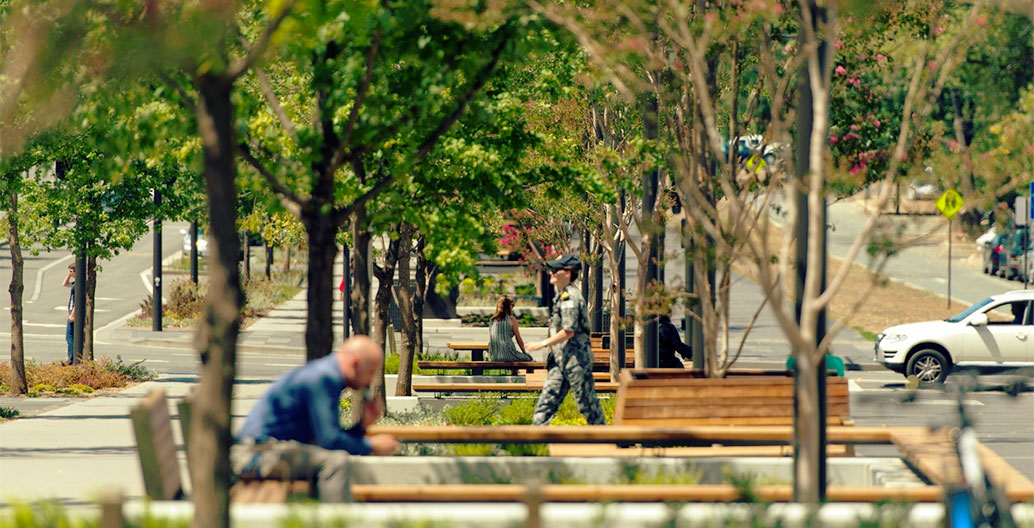
Canberra's wide road corridors adapting to new use. Constitution Ave by NCA, JILA, Hill Thalis, SMEC and AECOM Image: Martin Ollman
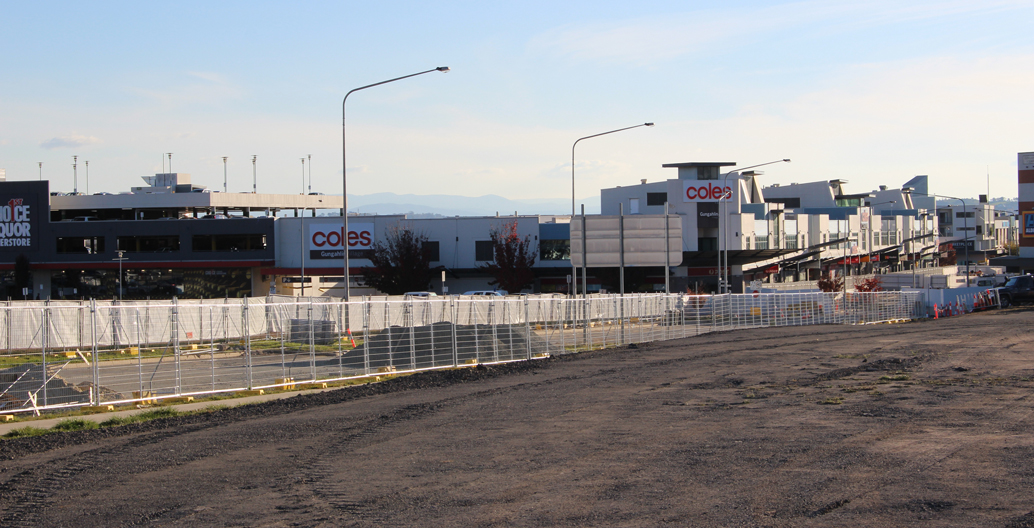
Canberra's wide road corridors adapting to new use. Gungahlin light rail by HASSELL, Arup and Dsb Landscape Architects
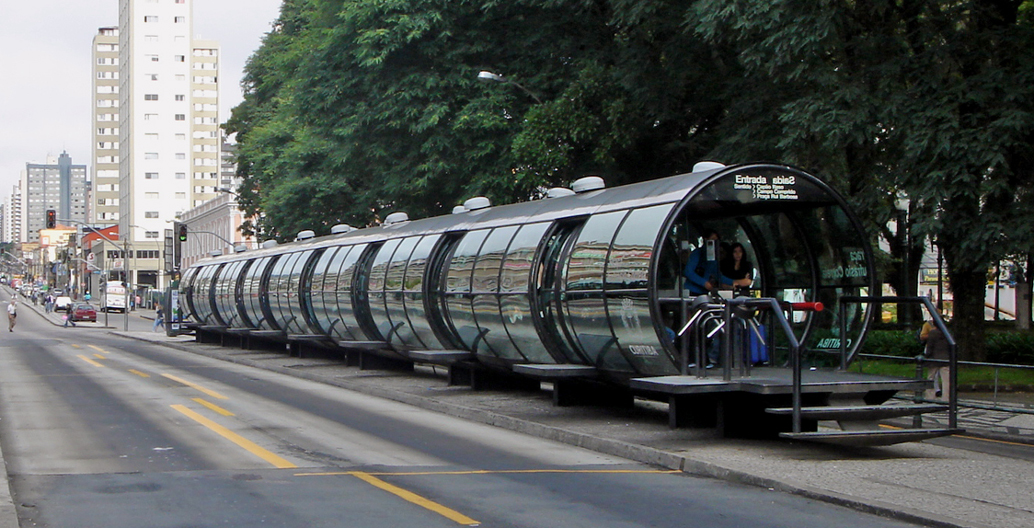
Brazil's Curitiba is a case study in adapting roads to new public transport options
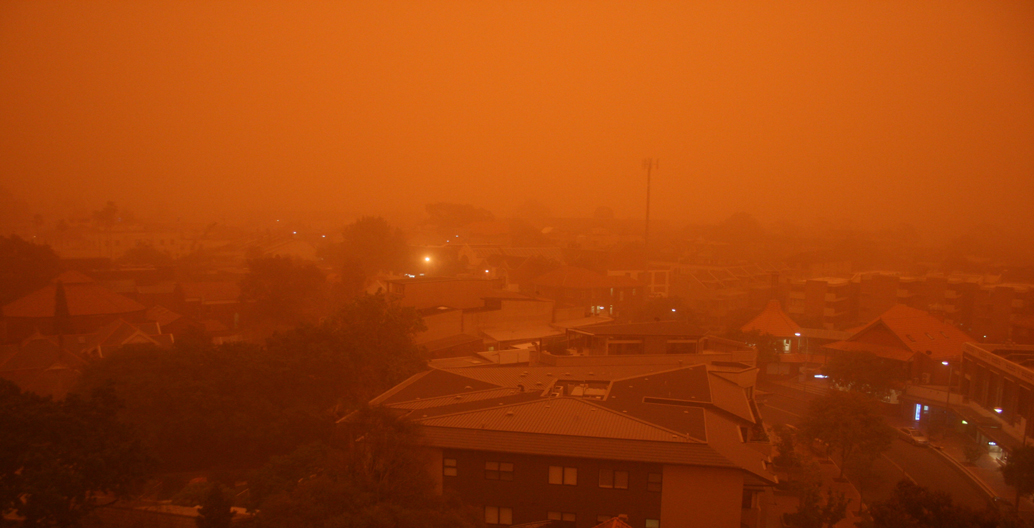
Changing climate conditions require specific and local urban responses. Image: Merbabu
FG: Isn’t Canberra an exception? Surely there are few Australia cities that have such extensive public domain, and therefore with such areas that are adaptable for future uses.
RS: Yes and no. When you look at areas of Sydney that were planned around the same time, say the suburbs of Campbelltown, Blacktown and so forth, some of which were delivered under Whitlam and Urens’s Department of Urban and Regional Development, there were massive areas of open space included. They also have similar sorts of capacity to that of Canberra. That is, they had low density levels. That means they can now be transformed without much demolition. Compare that spare capacity to what’s happening in Canberra and Sydney today, where everything is designed to the absolute limit of capacity, in many places where it is impossible to add a dormer window. for example, without overshadowing something. In other words, it’s being design as an end state.
If we take our city’s capacity to adapt over time as a key consideration for future planning, then we should be asking for adaptability to be demonstrated, when reviewing major new areas of urban development. We need to place an explicit value on adaptability. This is an example of the tension between the way conventional planning evaluations are undertaken, and how we need to start thinking, if we want to build resilient cities for uncertain times.
FG: That makes sense at the scale of the precinct or suburban development. Is it harder however, to argue for over-provision when it comes to large and expensive metropolitan and state investments in infrastructure?
RS: Looking at major projects, how do we assess what will make a strategic contribution to the economy, or transform the city? Let’s think about this in simple terms. Say we have two percent of GDP to spend on infrastructure. Now, how do we make that investment do the most work? That is a very different question than saying, ‘here’s a project and its got a benefit cost ratio of greater than 1’. Because while a project may be a reasonable return on investment, often the parameters, travel time savings for example, are very narrowly defined. Again this is a reflection of a mechanistic view of the city, but it may not be the most transformative way to invest our money.
Seeing key infrastructure as transformative, rather than just ‘solving a problem’ means that the wider ramifications and its catalytic role can be part of the formulation of the project. This places emphasis on the relational aspects of a project, rather than the just the functional aspects of components I was referring to before.
You then have to allow, and enable, bottom-up and organic development to take advantage of the infrastructure, perhaps in unanticipated ways. We need to avoid over-planning, such that we can start to get in the way of individual innovation.
FG: Is this another way of saying, we need to know and accept the limits of planning?
RS: Yes. There is a profound tension between innovation, in building, social behaviour or technology, and codification. The more highly codified things are, the less room there is for innovation. Rigid codes lock in current practice and stultify innovation. The better model is to regulate for higher performance, but leave it open as to how we might achieve it. This model stimulates innovation. The whole point of innovating in something, is for a new idea to be picked up and adopted into the mainstream. But what’s the point of innovating, if the building and planning codes don’t allow it to proliferate? There is no market so who would bother?
FG: What do you think is the role of data in the city, in the age of vendor driven initiatives like Rio de Janeiro’s digital control centre?
RS: I do not have expertise in this area. However, it is fair to say that the way we talk about big data is often an extension of the knowable and controllable city. So on the one hand, there is definitely a future role for big government to provide the enabling infrastructure to change a city’s geography and to provide access to opportunities. But on the other hand, there is also a need for subsidiarity, and to allow locally governments to deal with local issues.
Yes big data and analysis is important, but as an enabler not as the basis for hyper control. We have very sophisticated traffic and infrastructure management systems. We need them. But we also need local systems to complement them. Again this embodies the idea of redundancy, capacity and resilience.
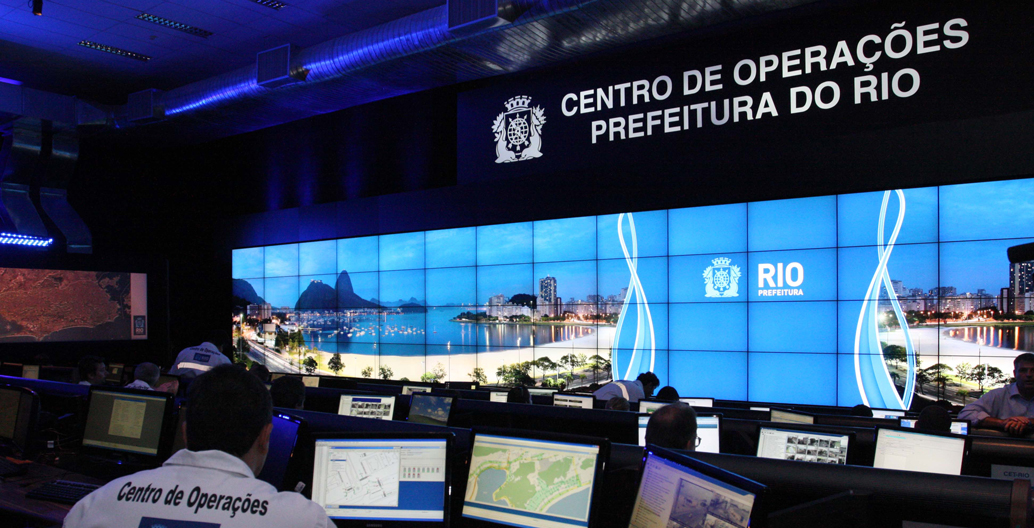
Big Brother urban control in Rio de Janeiro's Integrated Center of Command and Control
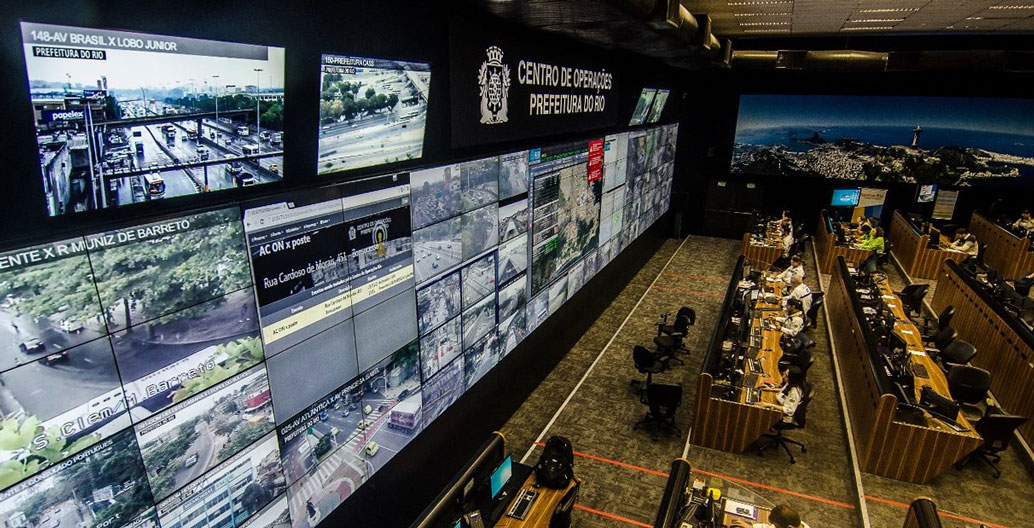
Big Brother urban control in Rio de Janeiro's Integrated Center of Command and Control
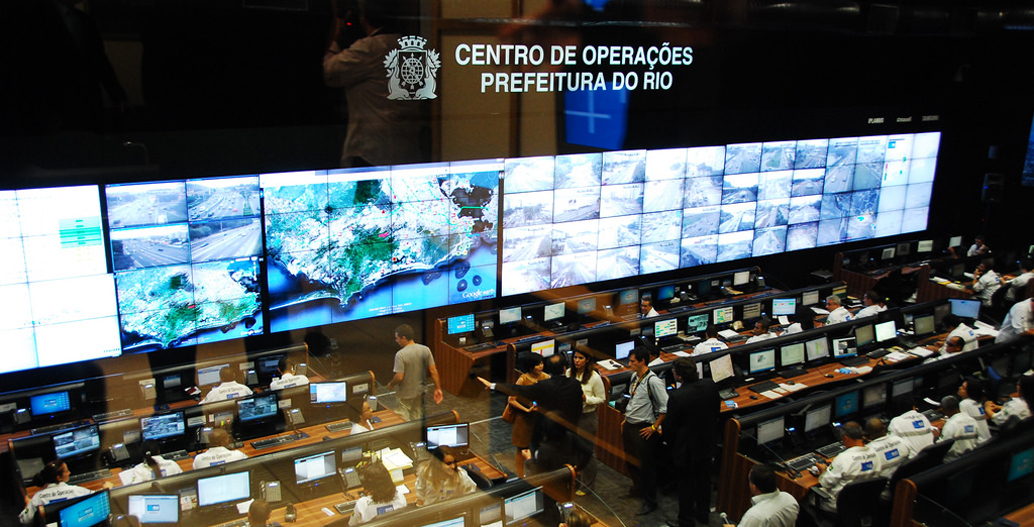
Big Brother urban control in Rio de Janeiro's Integrated Center of Command and Control
No matter what aspect of the city you are talking about, it always comes back to place. The draft District Plans for Sydney put out by the Greater Sydney Commission last year put a strong emphasis on place-based planning. This is one way of responding to the complexity of the city. Not to try to fix the city as a whole as if it were one machine controllable through a wall of screens, but to look carefully at opportunities and constraints in particular and specific areas.
When you consider water conservation and management for example, the opportunities and constraints are so different from place to place. Different places have different problems. Looking at water management in western Sydney, there are already really big challenges in relation to overheating. Responding to the question of water security and optimal use of water will be specific to that area and to its conditions; air movement, evaporation rates, appropriate species and irrigation demand, all need to be considered as well as the urban and built form.
FG: You mentioned water management as an issue of critical importance in the coming years. What other big issues are likely to beset Australian cities in the years ahead?
RS: Car parking and the controls surrounding car parking is shaping up to be one of the big issues in our cities. It is such a contentious issue. In almost all the recent local government election issues across Sydney parking is at the top of issues that residents are concerned about.
Car parking is an excellent example of the potential for transformative thinking. If we were to build the car parking we need for the additional population in Sydney in the way we normally do, with the conventional mix of below ground, at grade and multi-level car parking, we would spend at least $150 Billion on building car parking in the next twenty years. That’s just for the additional population. And they would spend an additional $50 billion for the rolling stock (the cars) to use it. So just in Sydney alone that is $200 billion worth of value – approximately ten billion dollars every year, for the next twenty years.
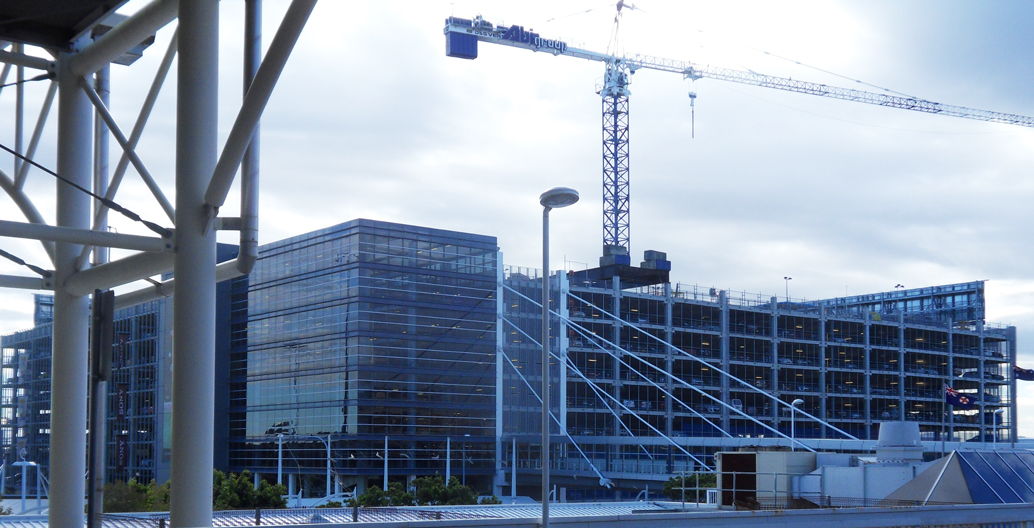
Sydney could spend $10 billion dollars every year, providing for growing car numbers. Image: Mw12310
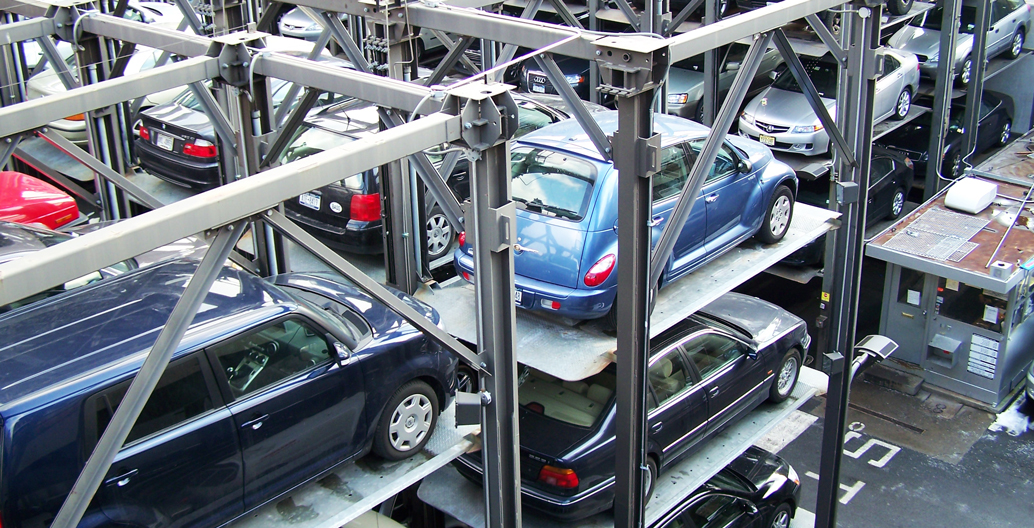
How we use and store cars could be a game changer for the city. Image: Jérôme
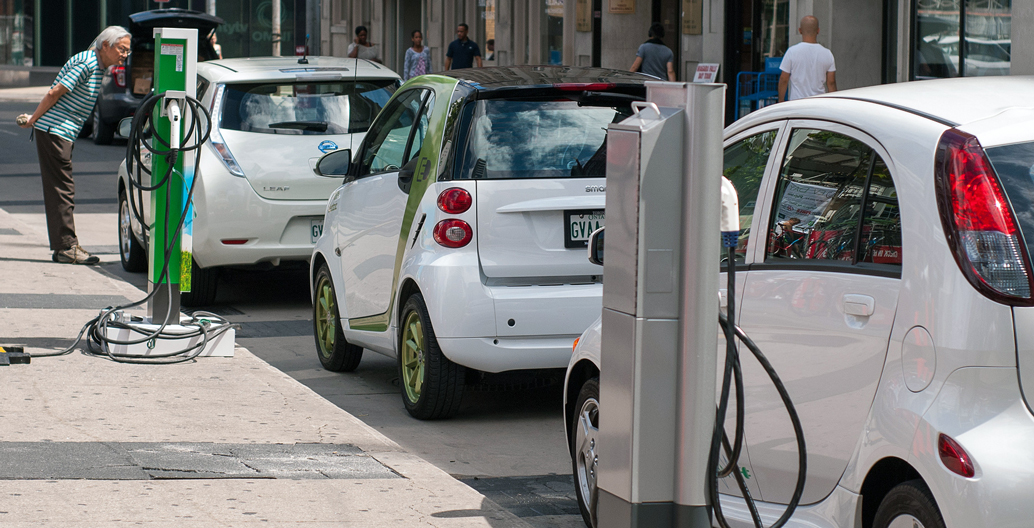
Ride and drive service in Ontario
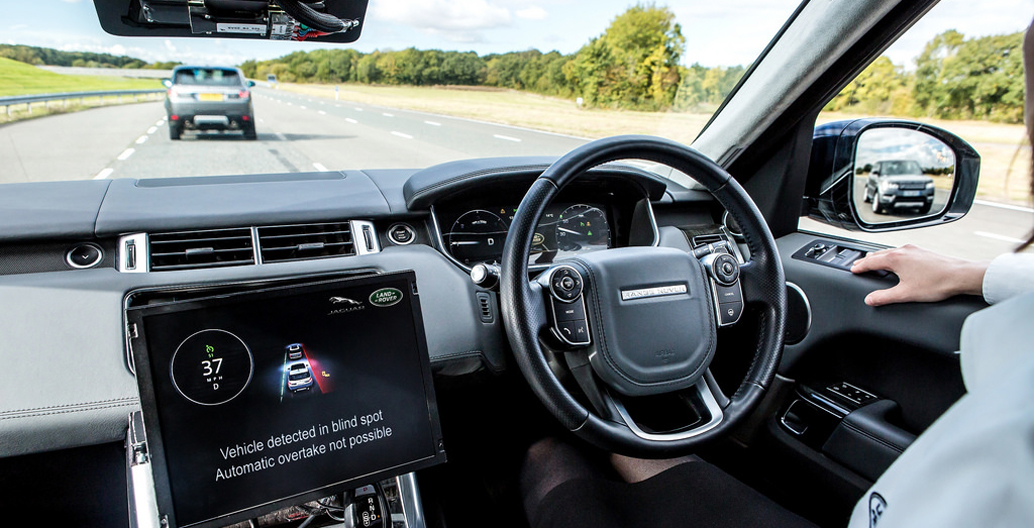
It's time for public policy to determine how autonomous cars will impact the city
Well, of course we’re don’t have to do that. To put that into perspective, the NSW economy is about $530 billion a year, so $10 billion is close to two percent. Spending two percent of GSP on car parking we may not need in the long term would seem inefficient to me. So why not plan for the transition now?
Everyone talks about the technology involved in autonomous vehicles, but really that is only one of three different critical considerations. Beyond the technology of the car itself, with its situational awareness, there are also important policy questions that have to be answered. For example, do we want autonomous vehicles to be privately owned? Do we want to have them as objects we own or a service we use? Then thirdly there is the question of the relationship between these vehicles and the roads that they use. That is to say, there are the wider implications for what autonomous vehicles mean in a physical sense, for our future cities. About 30 percent of built up areas are road reserves. How we use that public space could be dramatically changed and rethought with autonomous vehicles.
It is possible to imagine a scenario where certain areas of the city are reserved only for autonomous vehicles travelling at 10 kms per hour. Now imagine the cars are owned and run as a service, by a private operator. These operators would have to abide by a set of strict regulations, which is just like any other public service that is privately owned. That kind of scenario is both highly possible, but also highly transformative. It could radically alter our cities of the future. In addition, huge savings and avoided costs could be redirected to health or education or other important social services.
It’s quite easy to run scenarios, which help make decisions with regards these three different levels of consideration, from the technology that’s needed, to the policy instruments that are available to change behavior, to the physical infrastructure that either promotes or inhibits certain attitudes to car ownership and use.
Remember that current projections have more than half of Sydney’s population living in apartments by 2036. So this isn’t pie in the sky. We’re talking about real patterns of living, not distant hypotheticals. We will have higher density living, with more local shops and easier walking distances, which together potentially support a shift to small-scale, share-ride technologies.
The flipside to uncertainty is that there are also some great possibilities that could come of the uncertain times ahead. It’s not a question of not being in control of the future, but of understanding those parts of the future that we can support and enable, then seeing how it plays out, allowing enough redundancy in the system for the city to be resilient and adaptable.
Although we can’t predict the future we can direct technology through policy to define the range.
FG: For a genuine return to local living, doesn’t this also require a shift in our planning away from siloed activities and zoned use, to the extent that separating where we work, rest and play by kilometers of asphalt will always promote private car ownership?
RS: I think this question goes to the issue of granularity, but I would say that we’re never going to be Paris. We will never have small shops on the ground floor and five stories of apartments above them. I don’t think that’s going to happen. If I were to put my forecaster’s hat on, I’d say that schools and educational facilities are going to become more important focal points for our communities.
As is often said, where and how we work in the future is very uncertain. Where and how we shop in the future is also uncertain. But I think we can be reasonably certain that we will continue to want to get together as groups, to recreate together, eat together and hang out with our kids together. I think schools have the potential to be an increasingly important focal point for communities, particularly given our interest in long-life learning. They could be centres for fresh food, as we have increased concerned about access to fresh food. They could even be places were businesses are set up, with increasing movement towards localization.
We will still have office buildings, but remember that more than 25 percent of employment is typically supplying local services, such as teachers, nurses, retailers and so forth. Another 25 percent of branch offices and small businesses could possibly be distributed. So together work life could become a lot more localized.
With the coming age of AI and improved robotics, there are a lot of unknowns, but we can be confident that people will still want to interact and hang out in parks and open spaces. Schools could become the one kind of space that can endure through a different model of mixed use. Some things are more predictable than others.
Rod Simpson is an Adjunct Professor in the Faculty of Design, Architecture and Building. at the University of Technology Sydney. He is at keynote speaker at the 2017 International Landscape Architecture Conference 13 – 14 October Overseas Passenger Terminal, Circular Quay, Sydney


